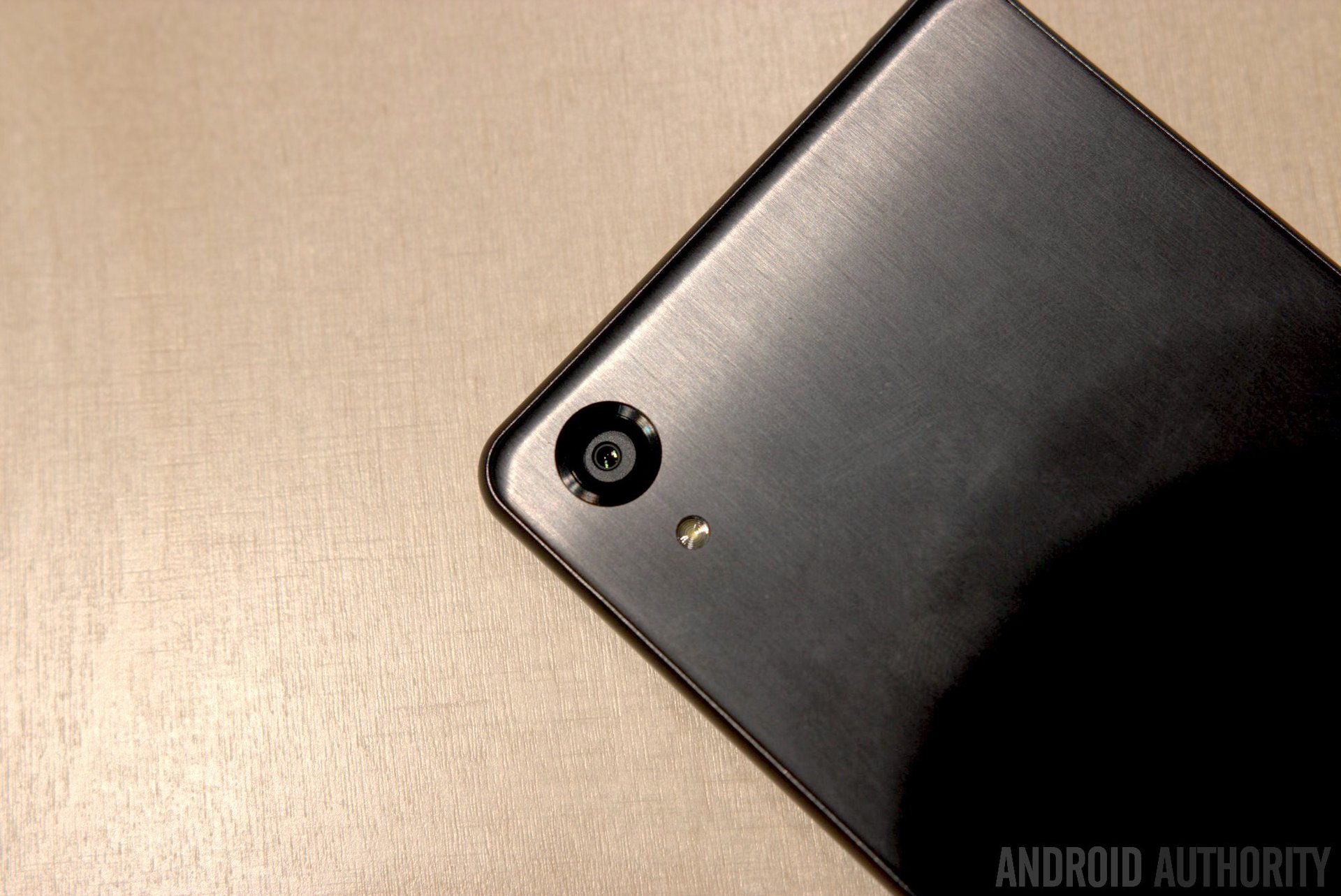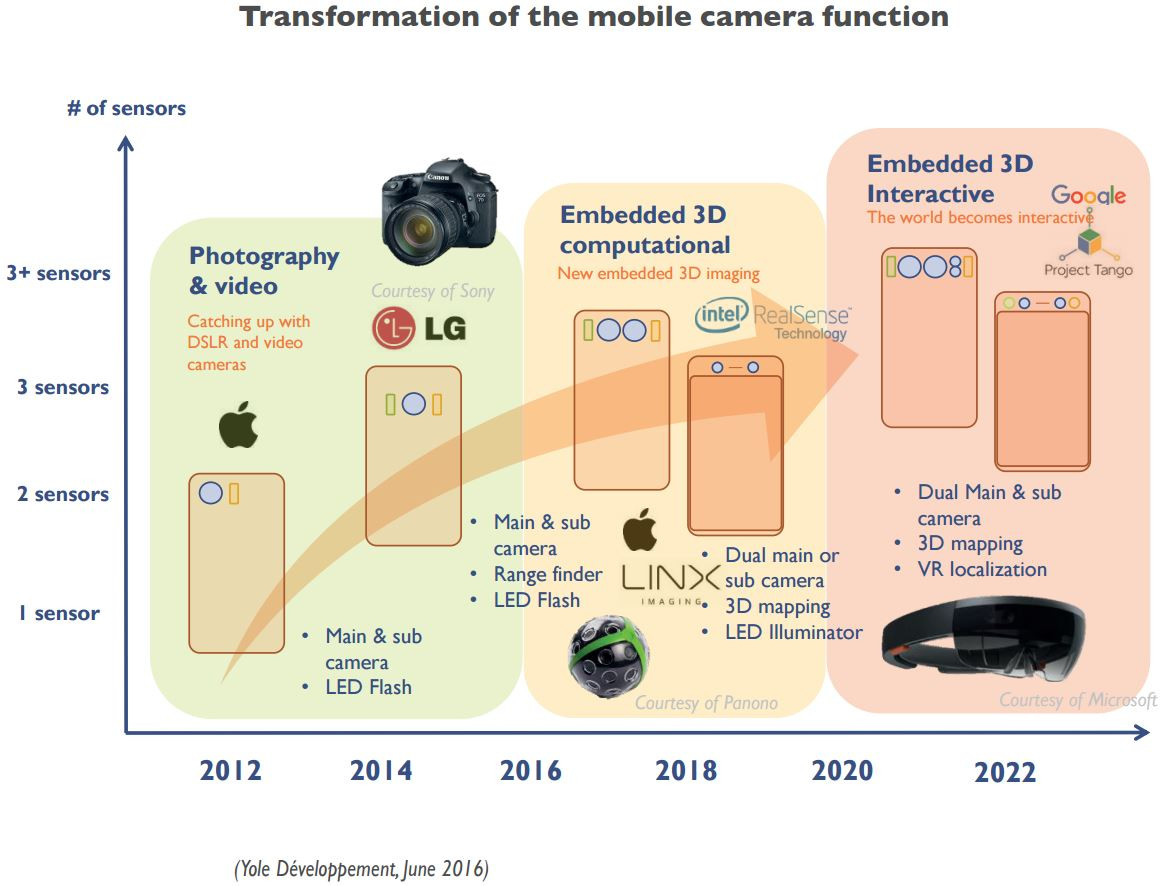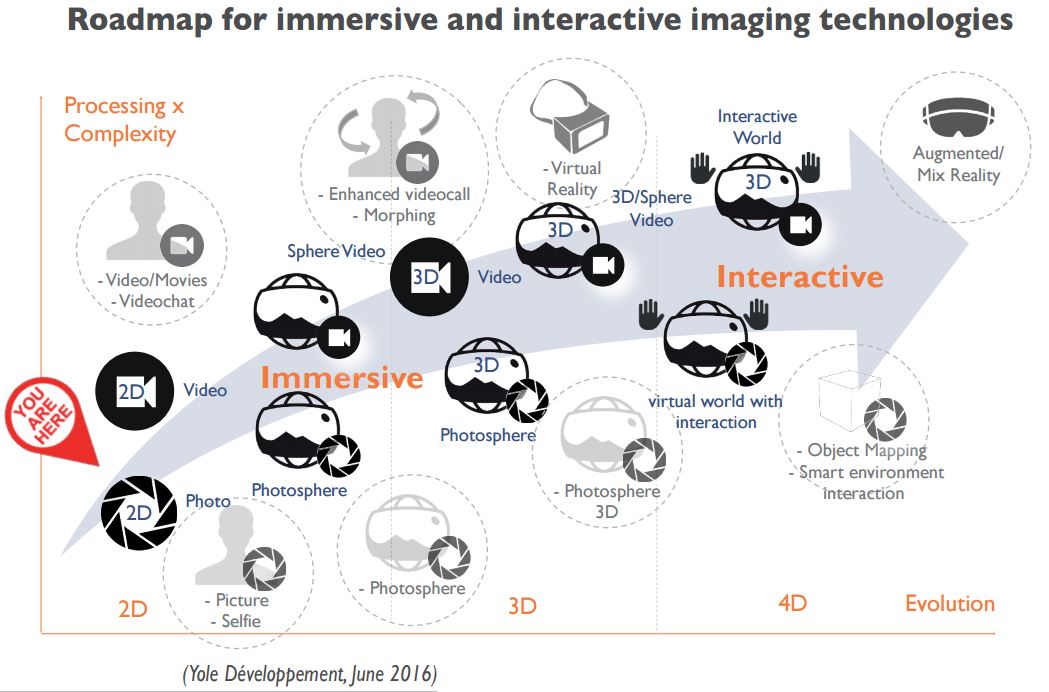Affiliate links on Android Authority may earn us a commission. Learn more.
Sony sees sales boost as mobile advancements renew the CMOS image sensor market

Hardly a smartphone generation goes by without us seeing at least one new camera idea hit the market, and this ongoing battle to find a competitive edge is giving CMOS image sensor supplies a major boost in sales. According to Yole Development, the industry is set for another boom over the next five years, with the market expected to be worth some $18.8 billion by 2021, following a compound annual growth rate of 10.4 percent from 2015 to 2021.
Sony is the largest player in the industry to have benefited from this renewed demand. The company saw its CMOS sensor sales increase by 31 percent year-on-year, with income increasing from $2.8 billion to $3.6 billion. The company’s market share is also up to 35 percent, although company profitability issues have revealed how difficult some market conditions have become.

Panasonic and On Semiconductor saw similar sales improvements of 38 and 21 percent respectively. However, it’s SK Hynix that has seen the largest growth, up 63 percent between 2014 and 2015, after the company managed to capitalize on the trend of increasing front facing camera resolutions. Interestingly, other major players Samsung, OmniVision and Toshiba have not experienced any of this growth, and companies including STMicroelectronics, Canon, and Galaxycore have seen their revenue fall over the same period. In total, mobile sensor revenue grew by 12 percent between 2014 and 2015, reaching $6.7 billion.
There appear to be two major technological advances that can account for this renewed growth in the image sensor market. The first is the move over to backside illumination (BSI) and stacked BSI designs over the past couple of years, which have not only driven up image quality but have allowed for additional features, such as new auto-focus and OIS technologies, to be more easily integrated into the production process. The second is the move towards dual camera setups.

Although dual camera setups have been around for a couple of years now, the technology is expected to grab a much bigger share of the CMOS market in the coming years. While current implementations have been limited to just photography, future dual camera configurations are expected to link in with more immersive and interactive experiences, as 3D sensing technology, such as Google’s Tango, makes it way to consumer grade products.

As well as allowing for some interesting new photography features, advancements in dual camera designs are expected to improve the low light performance of small form factor cameras, a current weakness in smartphone sized image sensors. This is seen as one of the key driving factors for smartphone cameras. However, it will likely require that either Apple or Samsung adopt a dual camera setup for the technology to breach 20 percent smartphone penetration in a year.
It’s not just new smartphone image sensor ideas that are diving growth though, the development of entirely new market segments is also playing a major role. The automotive industry, drone products, virtual and augmented reality have opened up new avenues for manufacturers. The automotive camera market has become a key growth area, due to advancements in driver assistance technologies and image analysis. Automotive CMOS image sensor revenue grew by 23 percent YoY, increasing from $279 million to $537 million from 2014 to 2015.

The smartphone market isn’t done with camera developments yet, and there are some promising new trends and technologies right on the horizon. With mobile and virtual reality seemingly growing side by side, we can also look forward to some exciting new picture and video technological crossovers between the two platforms.